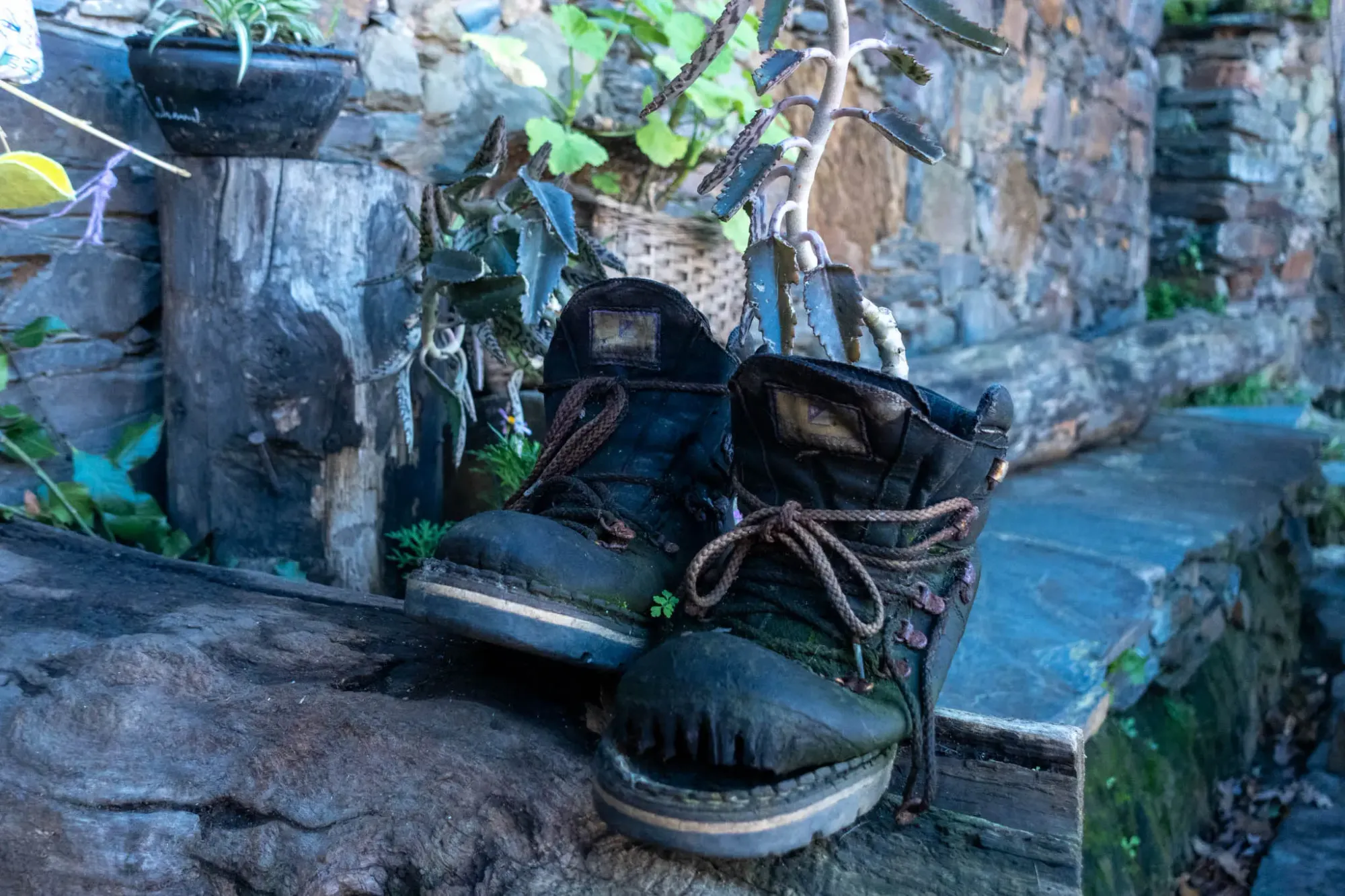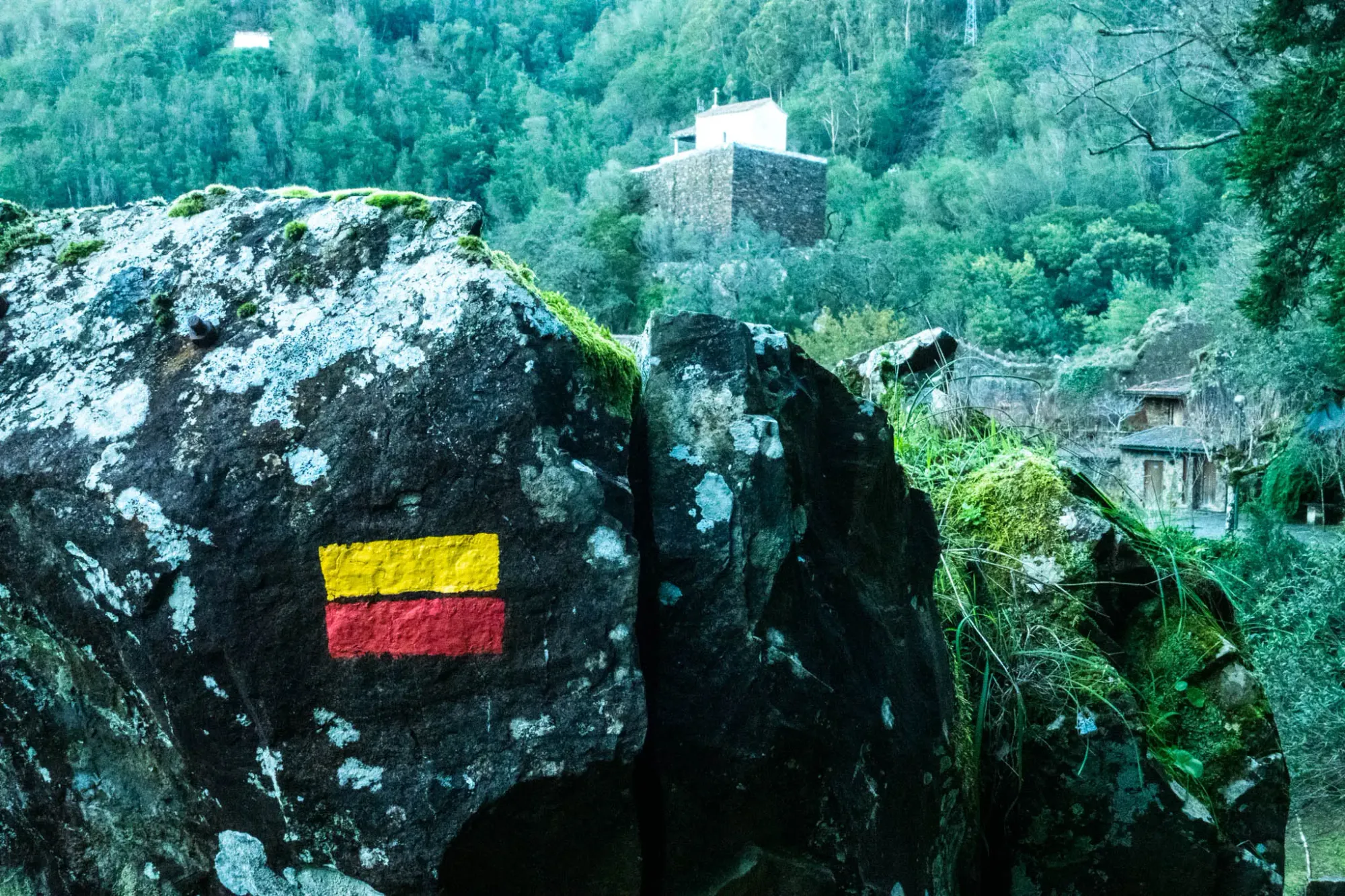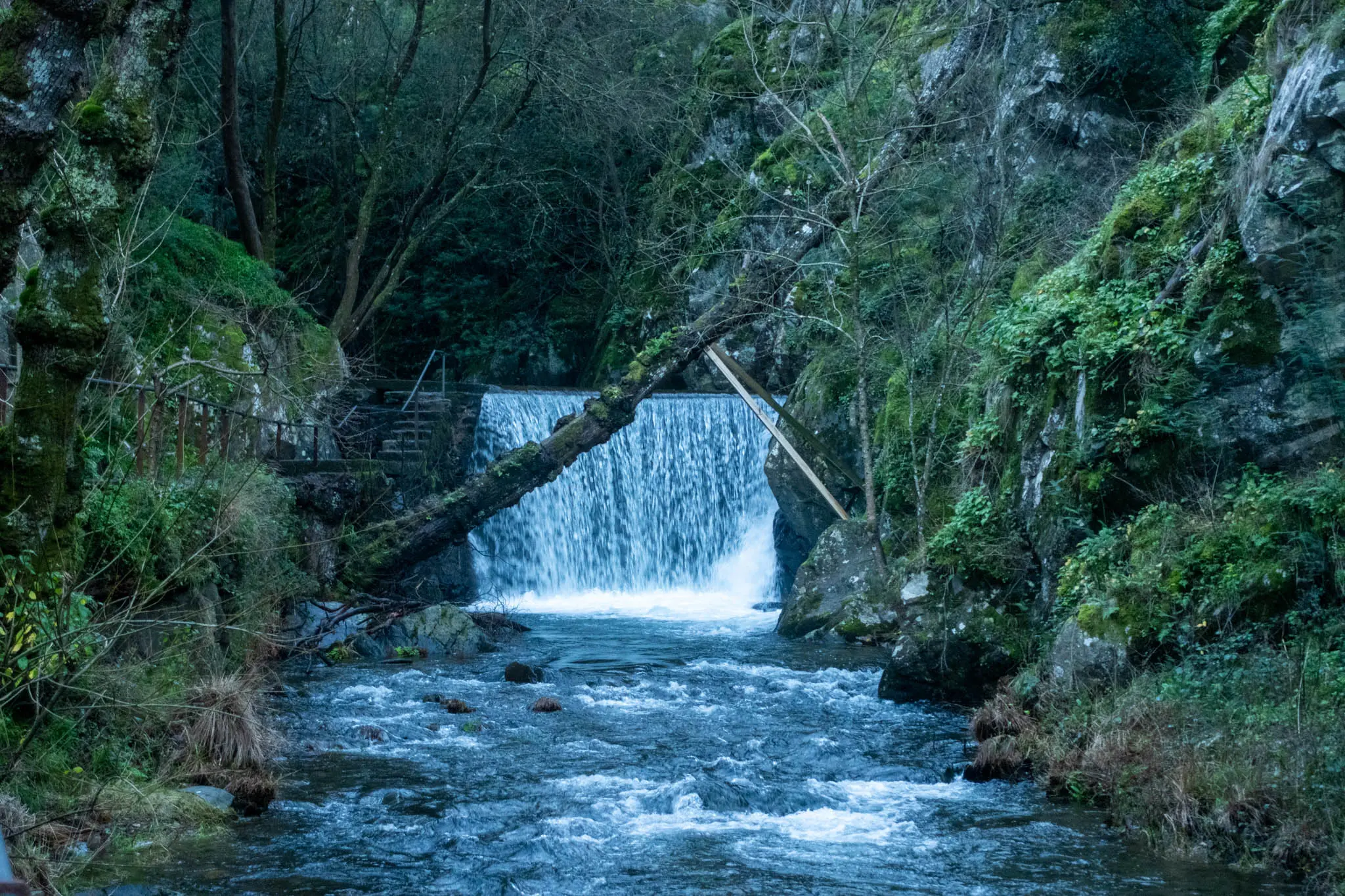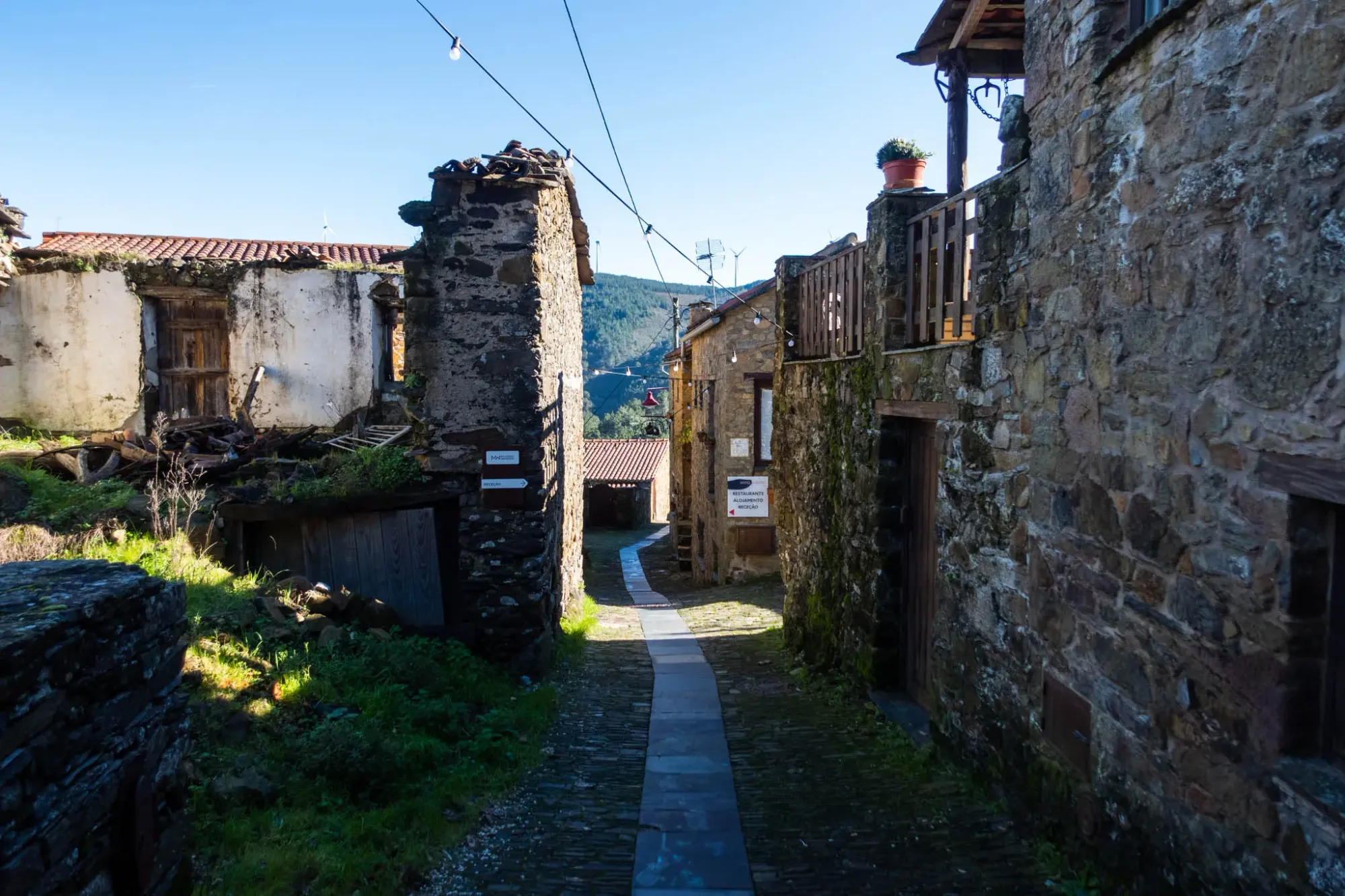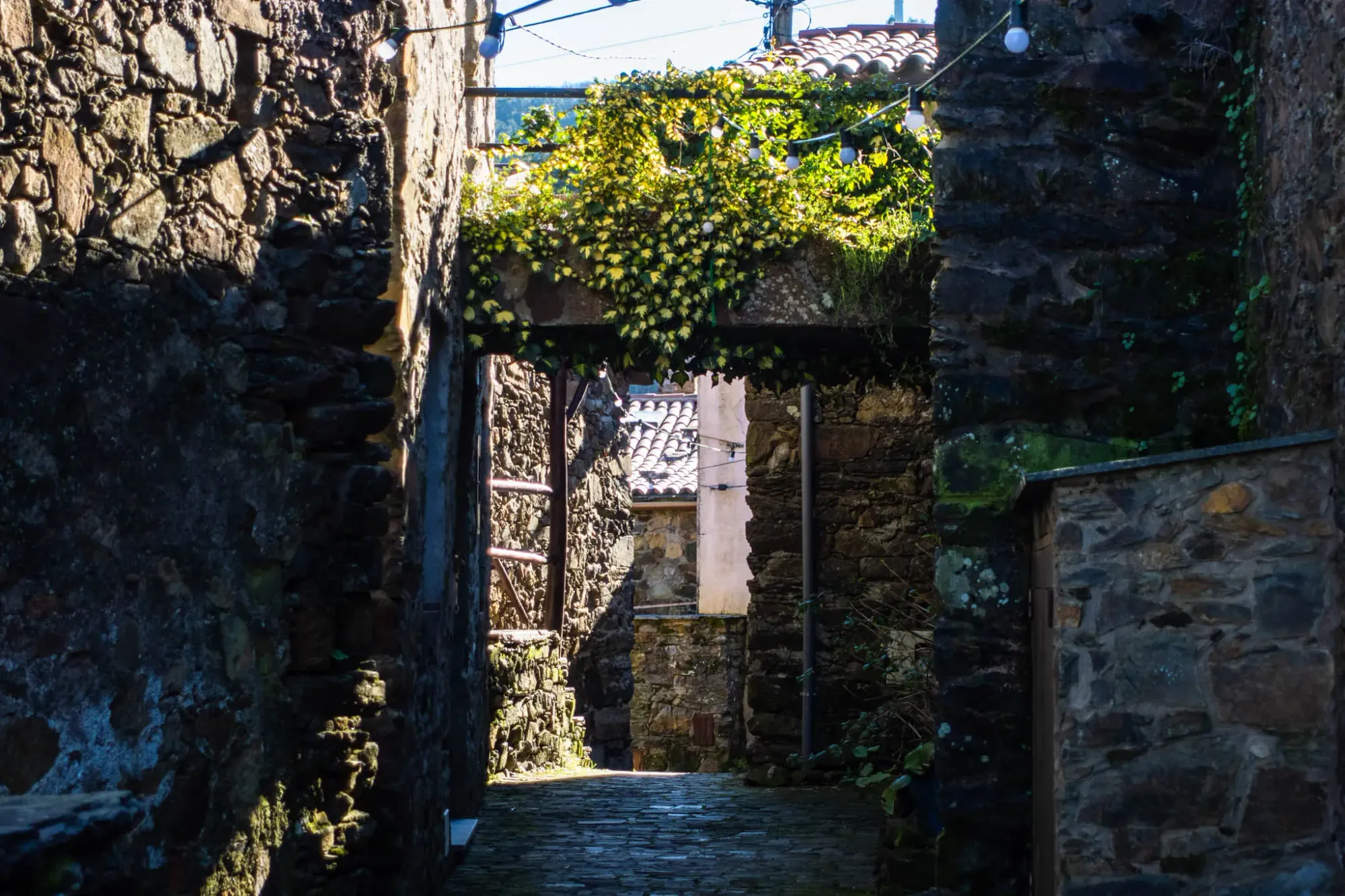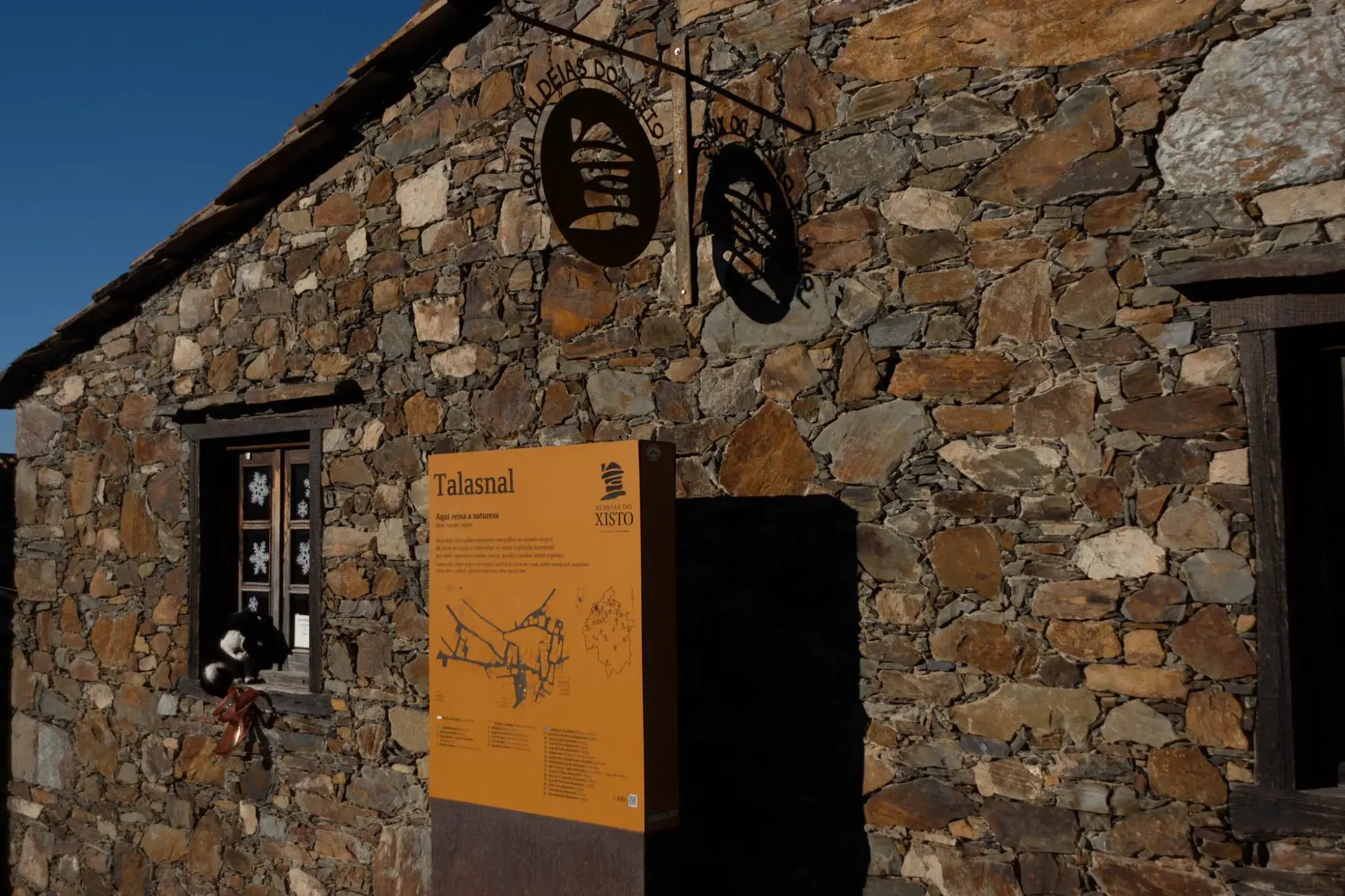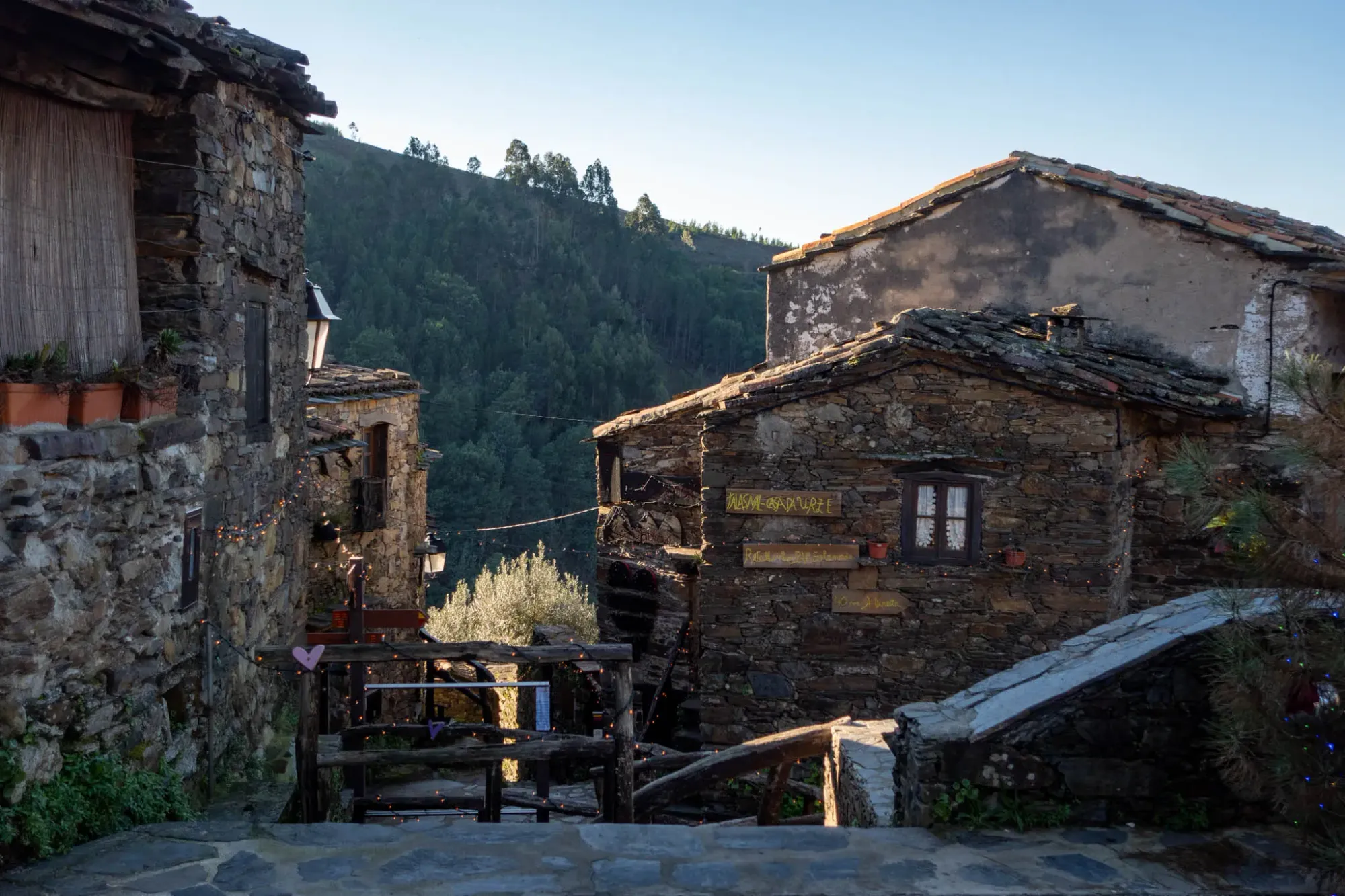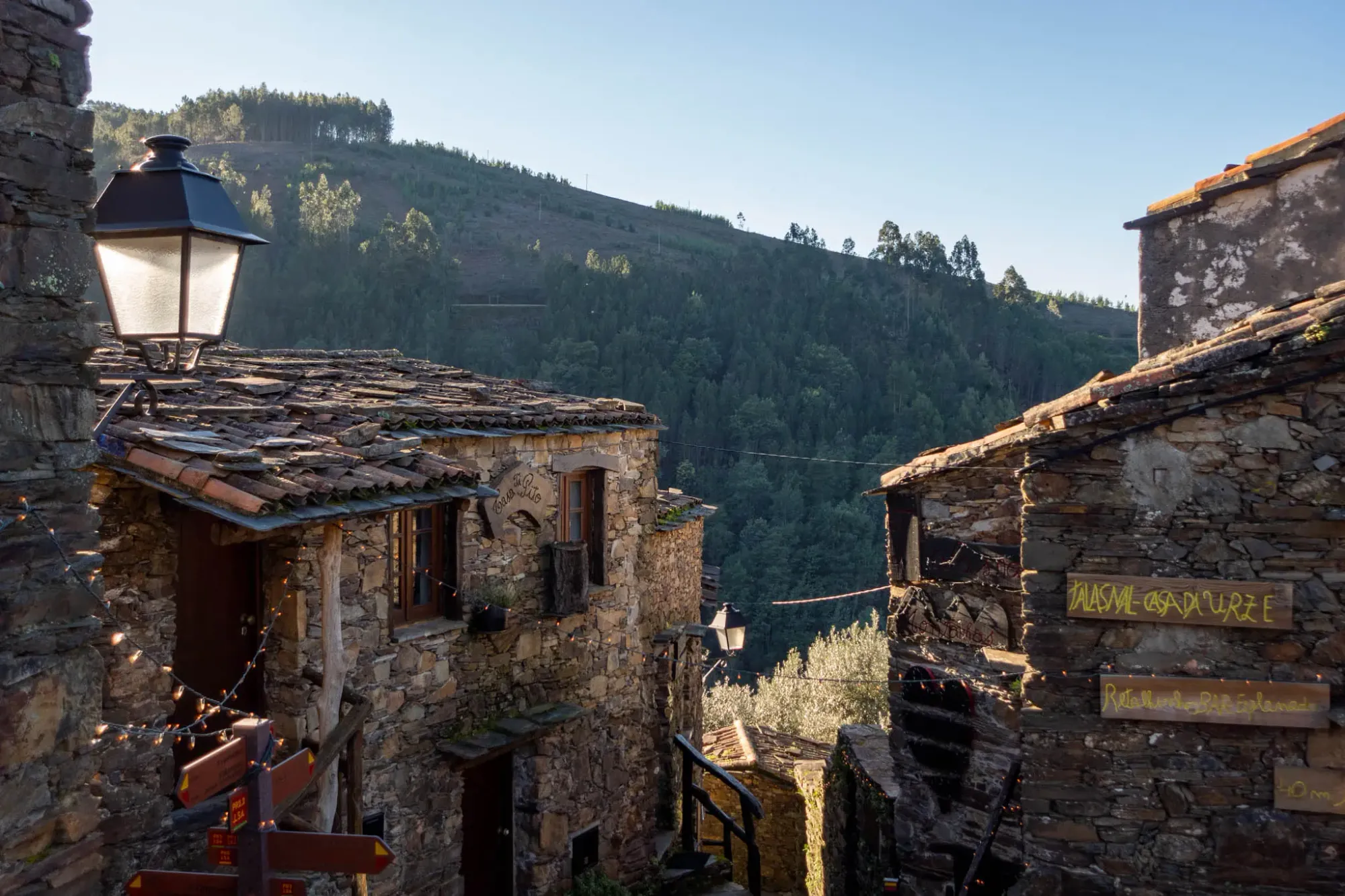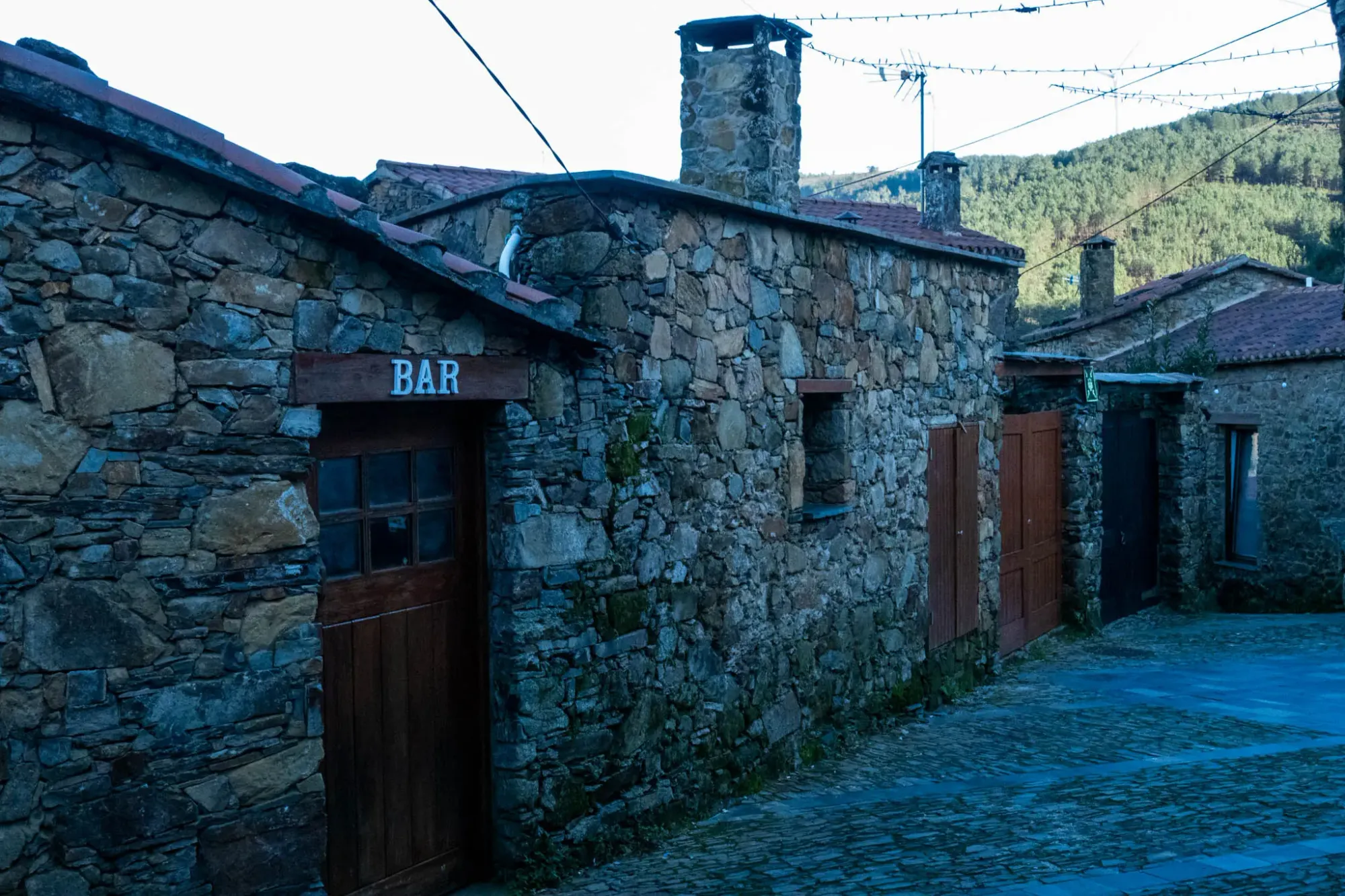TDG #009: Exploring the Schist Villages of Portugal
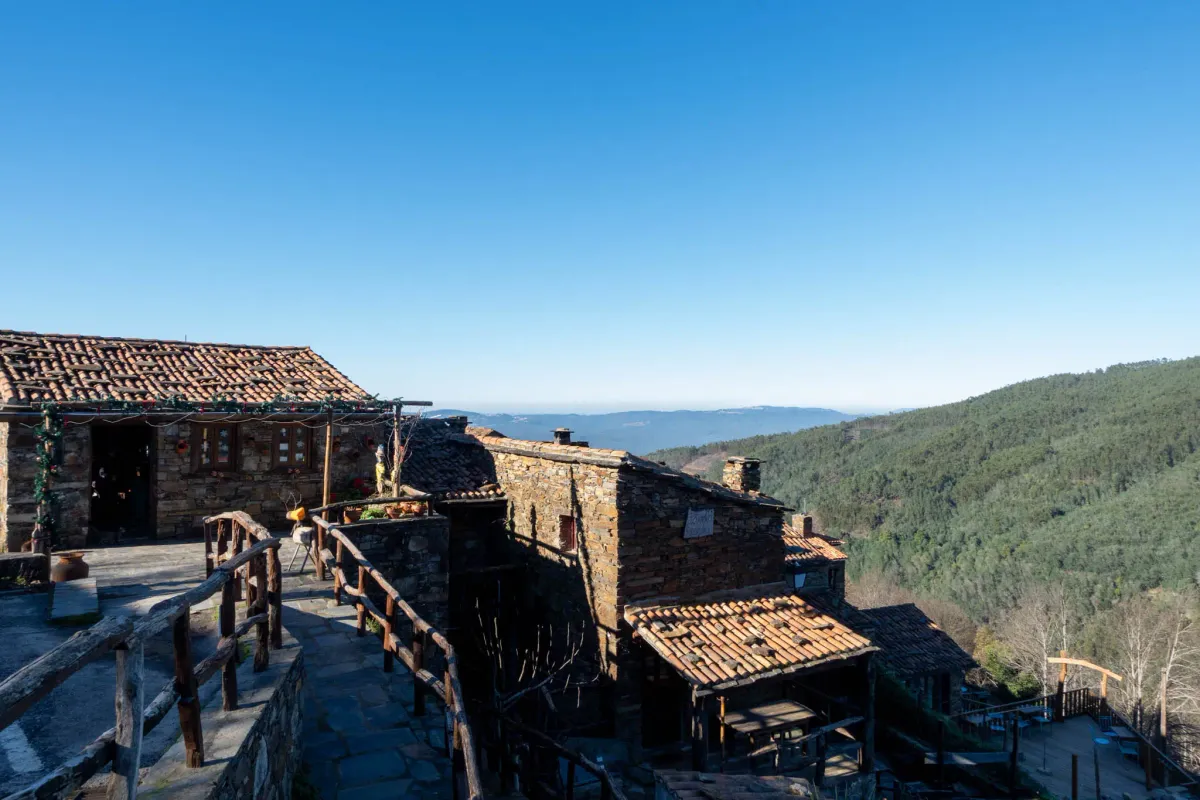
What comes to mind when you think of Portugal? Most might think of the beautiful beaches and rock formations of southern Portugal and the Algarve coast. For some, it might be sipping on wine and port in the Duoro Valley. I'd hazard a guess that most haven't heard of the Schist Villages. I hadn't either.
There are times planning a trip when the location doesn't quite feel right. Maybe I kick around a few destination ideas in my head, but nothing quite clicks. Usually, this happens when I have some already pre-conceived idea or vision in my head, so I try to force my expectations into existence.
When planning my most recent trip to Portugal, I was trying to find something a little different. I had done Porto, Lisbon, and the Azores, so I was looking for something that was off the standard tourist circuit. I also wanted to be in the mountains...Portugal has those, right?
After a bit of probing and poking around the interwebs, I came across Schist Villages.
What are the Schist Villages
The Schist Villages are a network of 5,000 square kilometers, four territories, and 27 small villages spread out through the mountains of central Portugal. The seemingly odd schist name comes from the stone used to build the houses and streets of these villages, giving them a very unique look.
The Schist villages are spread across four territories:
- Serra da Lousã
- Serra do açor
- Zêzere
- Tejo-Ocreza
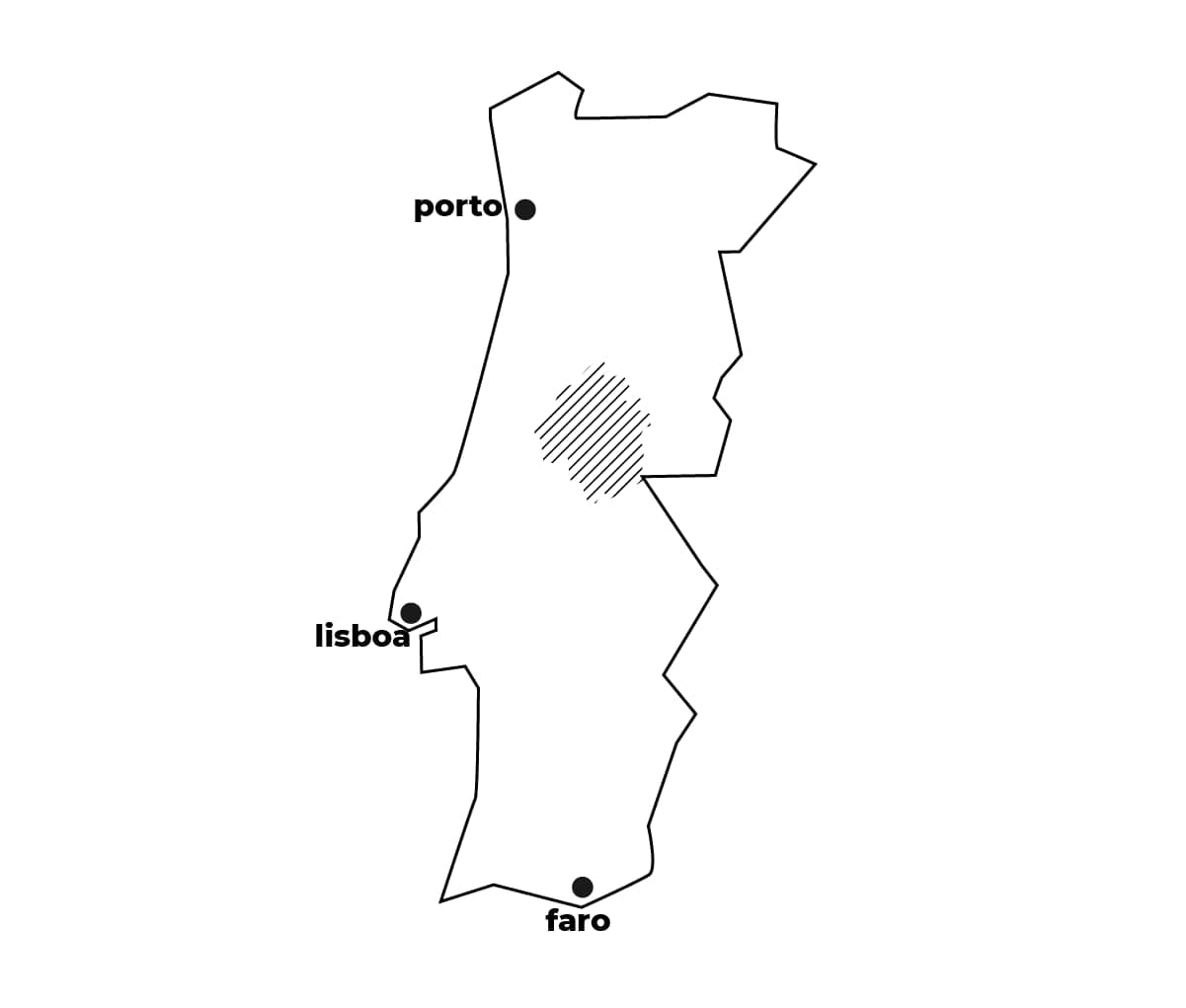
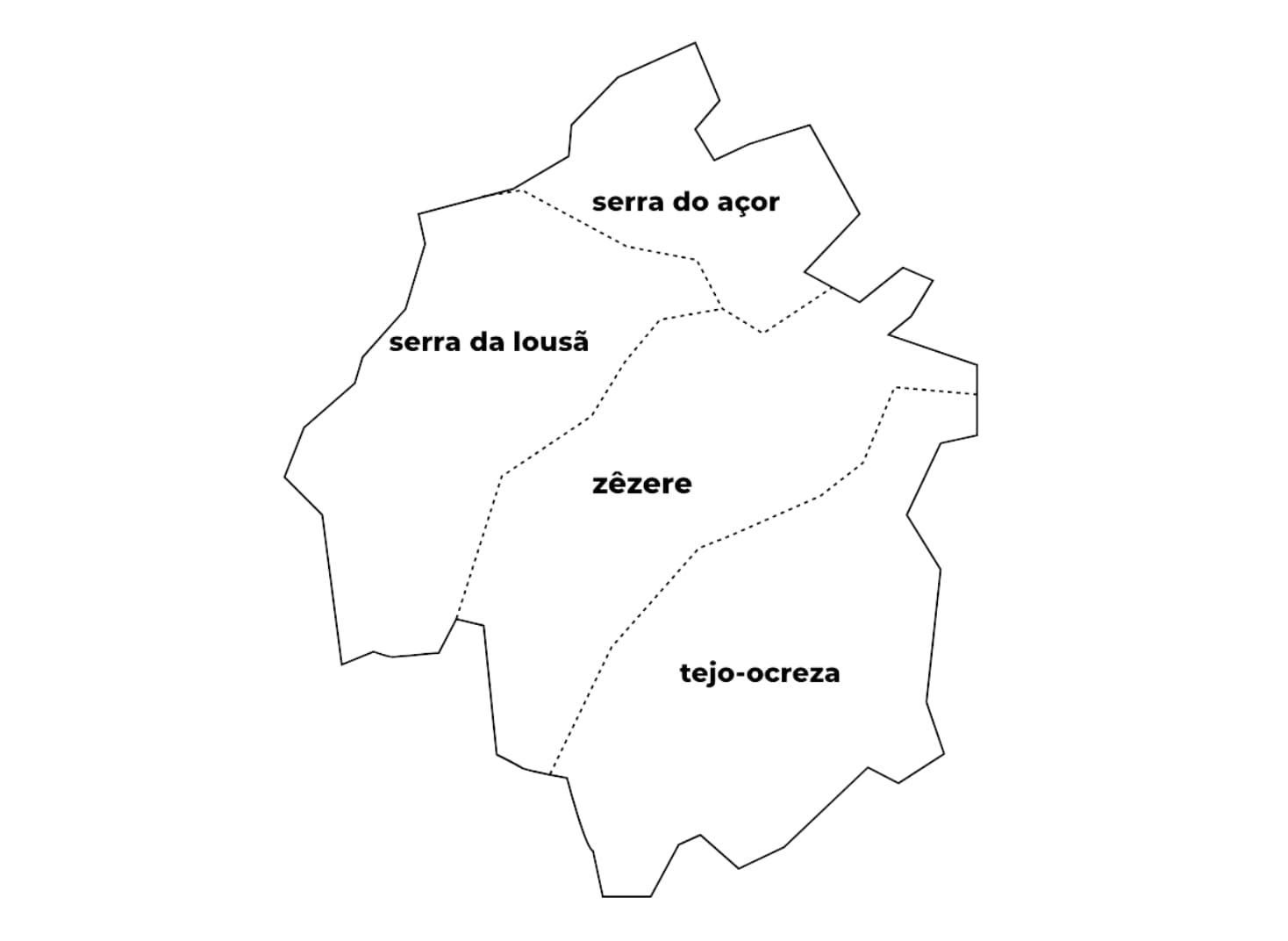
The history of the villages is a little murky. According to the Aldeis do Xisto, most of the occupation of the villages was seasonal during the Spring and Summer for most of their history. Then, around the second half of the 16th century, records indicate more permanent settlements in some of the villages. One village in particular, Talasnal, reached its peak in 1911 with 129 inhabitants.
Over time people started to leave the villages, heading to find more reliable work and an easier way of life in the cities. Gradually the population of the villages fell, and in some ways, the villages were forgotten.
Around 2000, the country started investing in the revitalization of these villages. The ADXTUR - the Schist Villages Tourism Development Agency - was created to "generate interest in the region, stimulating sustainable, inclusive and shared social and economic development."
What this looks like in practice is a huge investment in making the Schist Villages a completely unique experience in Portugal. You can feel the investment when you're planning your trip and even walking through the villages - the small branding, metal plaques, and overall beautiful restoration work.
One sentence from the ADXTUR stood out to me:
The villages are schools - learning spaces where bread, cheese, vegetables, olive oil, walls and houses are made traditionally and where the whole landscape is a reference book.
Source: https://www.aldeiasdoxisto.pt/en/about-us/adxtur/
This goal feels a little different than other tourism-driven campaigns out there. It feels slower and a little more methodical. And if you peruse through the different projects and events held throughout the Schist Villages, the goal of preserving the villages' culture and educating folks about the area is evident.
Where to Stay
Our time there was spent in the two very small villages of Gondramaz and Talasnal. To be entirely honest, there wasn't much rhyme or reason for staying in these villages - most of the decision came down to the availability of housing in the area and not wanting to spend the whole day in the car.
But the villages of the Serra da Lousã did have a certain appeal to them - small picturesque villages carved into the hillside, tucked into densely forested mountains.
Gondramaz
Driving north from Lisbon, you'll eventually get to Miranda do Corvo. From there, you'll head east and drive a winding, twisting road to Gondramaz that will likely make your rental car start to question its existence. But at the top, you'll find this perfectly quaint village tucked away on the western slopes of the Serra da Lousã.
Gondramaz is one of the smallest of the Schist Villages. Not much is known about its history, though there is enough evidence to suggest the initial settlement may have occurred between 568 and 711, during the Visigoth occupation.
And this village is small. Technically there are two restaurants and a bar in Gondramaz, but since we came during the off-season in January, only one of them was open and only on weekends. This would be a pretty common theme with the Schist Villages during the off-season.
There are also a couple of hotels and guesthouses in Gondramaz, we stayed at the Mountain Whisper. This hotel was incredibly well set up with a large kitchen, fireplace, and great views from the living room - perfect for hunkering down on some cold January nights.
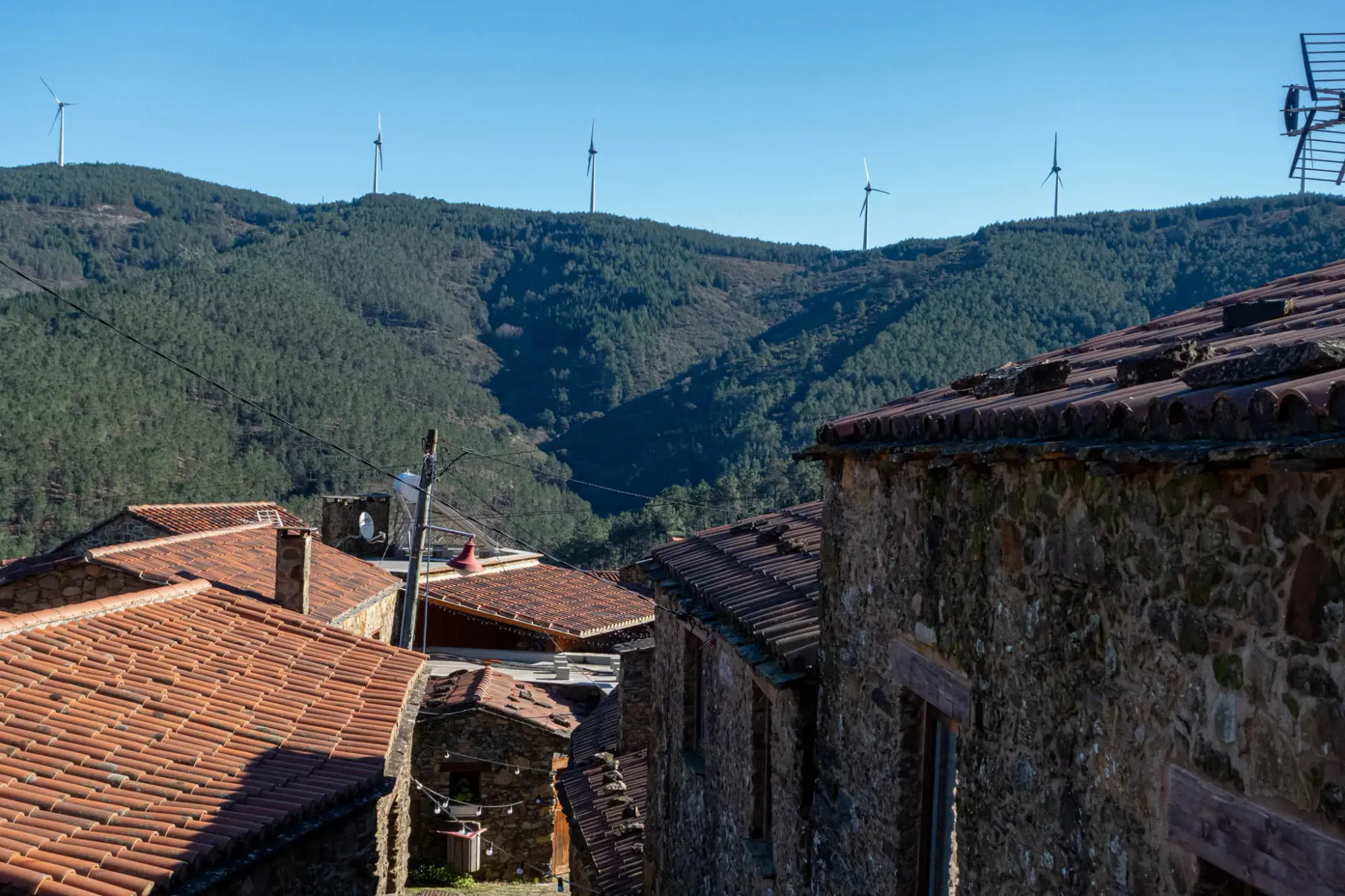
Talasnal
A 30-minute drive and a similarly winding, twisting drive away from Gondramaz is Talasanal. Situated on the western slope of the Lousã Mountain, Talasnal is another picturesque Schist Village. Here you'll find a few more shops, restaurants, and guest houses than you would in Gondramaz.
If I were to do it over again, I would probably suggest staying in Talasnal over Gondramaz purely for access to a couple of cafes and restaurants. But that might not be as much of a problem during busier seasons.
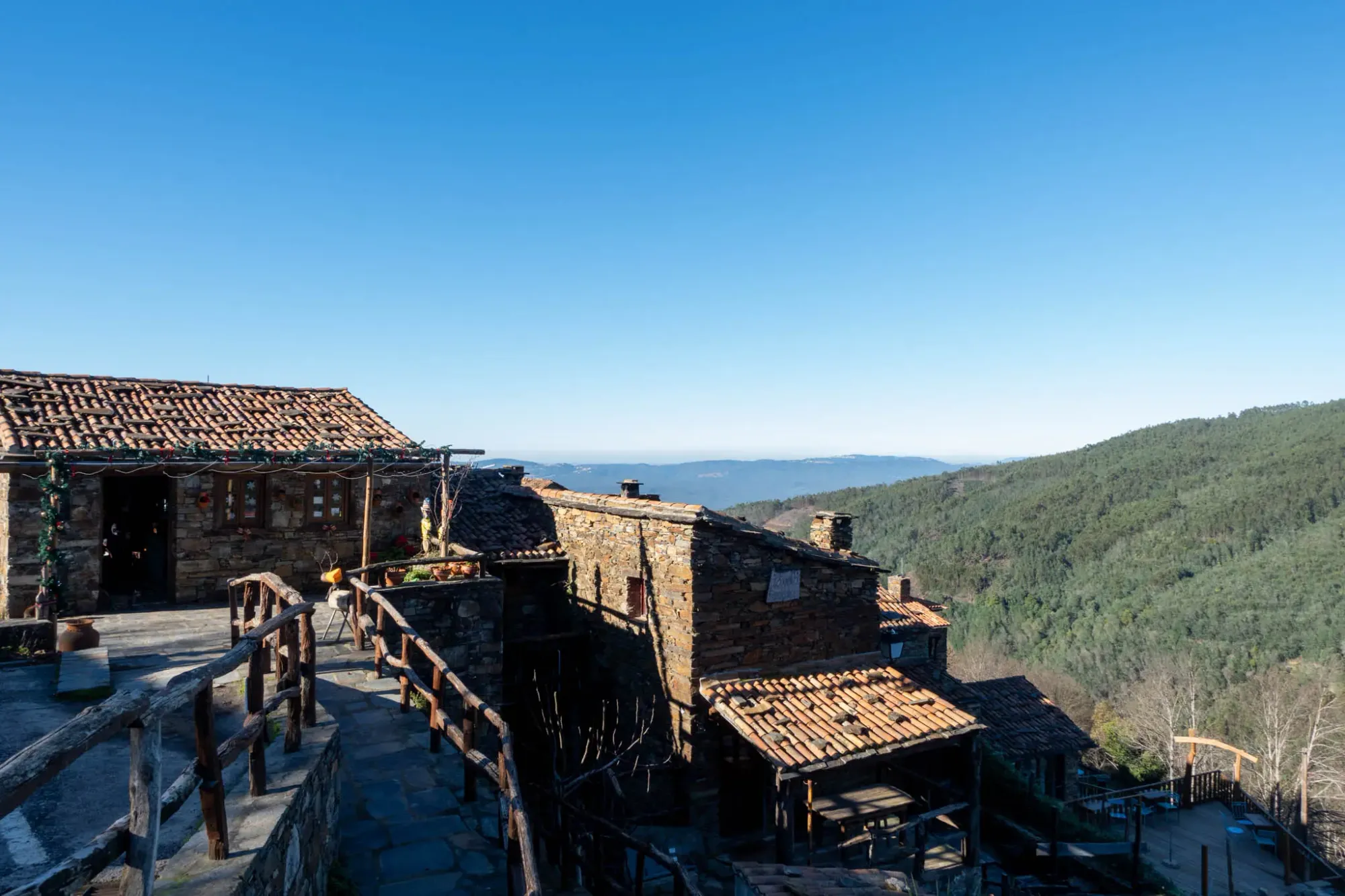
What to Do
There has been a huge effort to bring many different projects and events to the Schist Villages to revitalize and preserve the culture of the area. A great starting point is checking out the calendar, which has information about pretty much everything from cultural, outdoor, and gastronomical events:
The beautiful thing about these villages is that you're surrounded by nature. Each of the four areas has its own features that make for great hiking, mountain biking, rock climbing, kayaking - you name it. You can take a look at the trail networks throughout the villages here:
The villages have also been recognized as a dark-sky destination by the Starlight Foundation. More information on stargazing in the Schist Villages can be found here:
You can even plan and book curated trips for your time in the villages here:
Try some Chanfana
Since the schist village area is expansive, the type of food you'll find in each village can vary quite a bit. In the area where we were staying, the Serra da Lousã, chanfana is one of the local specialties.
Goats were common throughout the villages for their milk, kid meat, and to help maintain the land. Eventually, the goats would get old and, uh, less useful. But at this point, the goat meat is pretty tough, so villagers had to be resourceful. It turns out that if you slow-cook old goat meat with some good red wine and spices, it's actually pretty damn good!
So if you're a carnivore, be on the lookout for some chanfana.
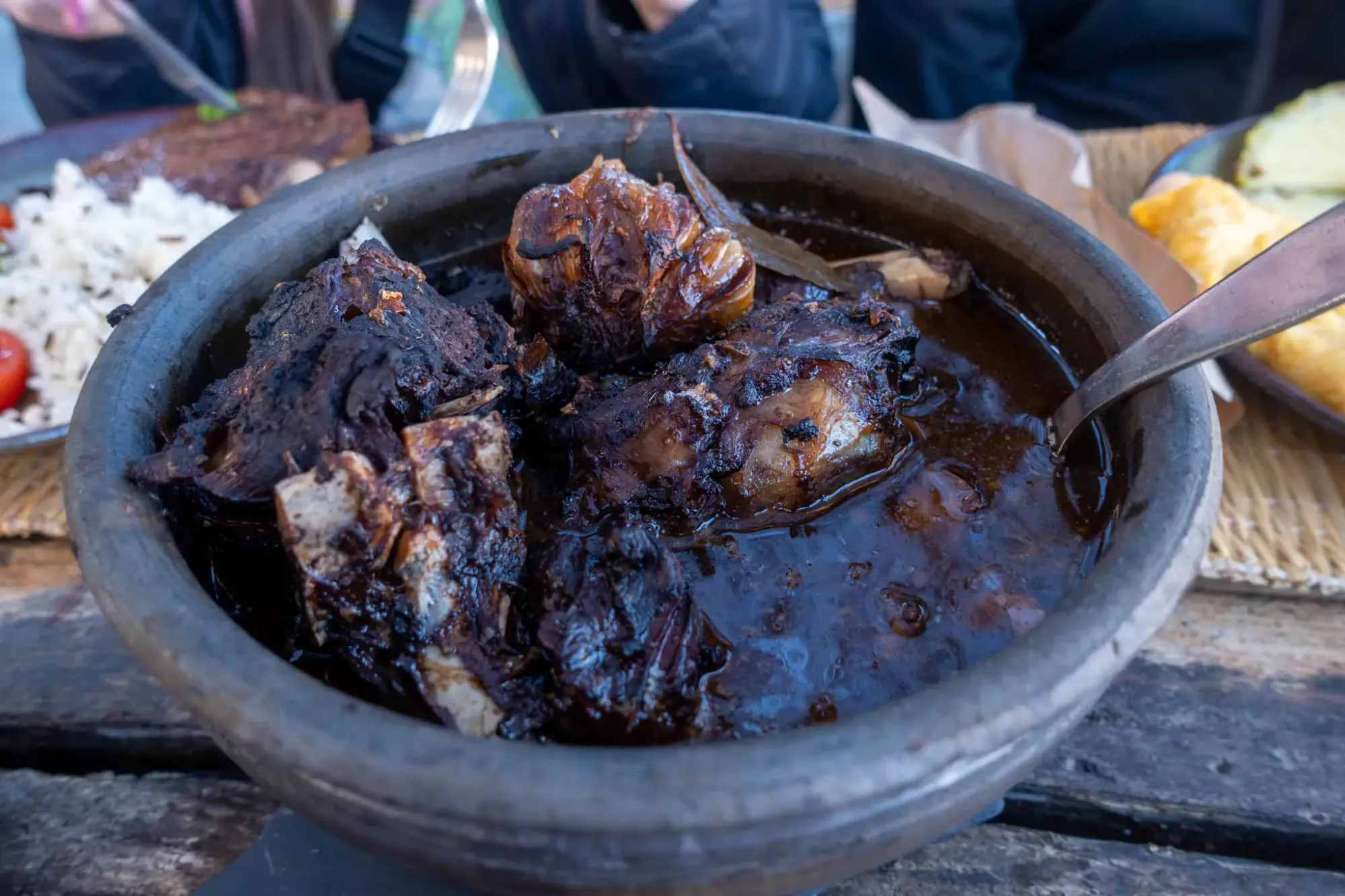
When to Visit
Spring and Fall are probably your best bets for the Schist Villages. Because of the lack of consistent tourism, the Schist villages, at least Talasnal and Gondramaz, tend to shut down over winter. Plus, during the warmer months, you'll have more access to all the events, experiences, and restaurants in the resources above.
Getting there
Whether you fly into Porto or Lisbon, you'll need to rent a car. From Lisbon, the drive to Talasnal is approximately 2.5-3 hours. From Porto, the drive to Talasnal is a bit shorter, at around 2 hours.
One thing to note is that travel between villages might not seem far, but it will actually take a while by car. The roads are small, steep, and winding. Unless you're spending ample time there, it would be near impossible to see all the different villages. My suggestion would be to pick a home base and do some day trips to other villages/areas.
The Schist Villages in Pictures
